Enneagram and Spiritual Direction
The enneagram is a psycho-spiritual tool for determining personality types for the purpose of spiritual and psychological growth. Its origin remains unknown though there are claims that it link back to Evagrius, one of the Desert Fathers. However there are also claims that it has its origins with the ancient Greek philosophers such as Pythagoras. There are also claims that it draws from Kabbalistic teachings, and Sufism. The modern enneagram has been popularised by George Gurdjieff, Oscar Ichazo, Helen Palmer, and Richard Rohr. An interesting overview of the traditional enneagram may be found here from the Enneagram Institute.
The followings links from the International
Enneagram Association (IEA) website gives a brief overview of the enneagram
system:
Personality Defined
Read a brief definition of what is meant by the word personality.
The Three Centers of Intelligence: Head, Heart, and Body
This provides a brief description of the Three Centers of Intel-ligence -- three different ways of perceiving the world and experience -- and how each of the nine types is based on one of these three centers.
Enneagram Wings: The Types Adjacent to Your Enneagram Type
The Enneagram wings are the types on either side of your core type that can affect the way your personality is expressed.
Security and Stress Points: The Interconnecting Arrows
The Enneagram Stress and Security Points are the two types on the interior lines to your core type. These two types can also affect the way your personality is expressed.
Enneagram Subtypes: Self-preservation, One-on-one, and Social
Whatever your type, your personality expression will also be affected by whether your subtype is self-preservation (focusing on self-survival and protection), one-on-one (focusing on close relationships with another person), or social (focusing on social groups).
Descriptions of the Nine Enneagram Personality Types
Each of the nine Enneagram types is described in detail. This includes each type’s focus of attention, coping strategy, major traits, strengths, and challenges.
Is there a place for the enneagram in
Christian spiritual direction?
James Empereur. S.J. who taught Liturgical and Systematic Theology at the Jesuit School of Theology and Graduate Theological Union attempts to address this question in his 2007 book, The Enneagram and Spiritual Direction: Nine paths to spiritual guidance. Empereur defines spiritual direction as
James Empereur. S.J. who taught Liturgical and Systematic Theology at the Jesuit School of Theology and Graduate Theological Union attempts to address this question in his 2007 book, The Enneagram and Spiritual Direction: Nine paths to spiritual guidance. Empereur defines spiritual direction as
The process in which a Christian accompanies others for an extended period of time for the purpose ofclarifying the psychological and religious issues in the directees so that they may move toward deeper union with God and contributeto ministry within the Christian community (43).
In using the enneagram as a tool for
spiritual direction, Empereur argues that it is useful to help people to focus their
attention on their feelings and their thoughts. It also offers people opportunities to
explore ‘spaces’ in other personality types which they would otherwise not know.
He notes,
Preliminary to much spiritual growth is the ability to know how and when the attention shifts among thought,memory, and planning and among fantasy, feeling, and sensation;also necessary is the knowledge of how to visit the other spaces onthe enneagram besides one's own to experience other styles of attention. (12)
However he deviates from the standard
teachings of other enneagram practitioners by offering his own interpretation of
the system. On the movement on the arrow with regards to stress and security
points, he argues from more freedom that comes from choosing.
I prefer to understand the arrow theory as having to do withway we choose to grow. That is, in times of stress, one can movetoward one's stress point in order to gain certain energies to moveforward while in times of relative calm, there are qualities in thesecurity point that one can utilize to further one's journey. (16)
This argument becomes more pronounced when
he argues for more freedom in the enneagram system theory itself. He felt that
the theory is too rigid and does not allow the element of ‘freewill’ or choice.
Rather I see healthy and holy persons as those who haveintegrated their own space into their lives by moving to both stressand security spaces, by picking up there whatever is useful for theirgrowth at any moment of their personal journey, by drawing strengthfrom both wings, by depending on the need at hand, as well asby being able to visit all the spaces on the enneagram as requiredor desired at any moment of their lives. Thus, healthy personsthose who move around the enneagram at choice. They alwaysmain firmly based in their own space, where their principal energy isfound. But they are not limited in their journey to leaning on oneor both of their wings, nor are they required to move in one or otherdirection such as the 1-4-2-8-5-7 internal structure. Rather theycan visit all the spaces at different times depending on their changingcircumstances. (20)
Empereur seems to be willing to use the
enneagram in spiritual direction but he has modified and changed it in order
for it to be 'Christian' which makes it very different from the models Helen Palmer,
the Enneagram Institue and the International Enneagram Association proposed. In
fact, there is so much variation in the different models that no one can be
sure which one is the right one.
Another important observation is that after
three decades of enneagram literature, there is still lack of sufficient scientific
data to support its claims of describing personality types.
It is also worth noting in the section of Enneagram of
Personality in Wikipedia, there is this concluding paragraph:
In 2000, the United States' Committee on Doctrine produced a draft report on the origins of the Enneagram to aid bishops in their evaluation of its use in their dioceses. The report identified aspects of the intersection between the Enneagram and Catholicism which, in their opinion, warranted particular scrutiny and were seen as potential areas of concern, stating that "While the enneagram system shares little with traditional Christian doctrine or spirituality, it also shares little with the methods and criteria of modern science... The burden of proof is on proponents of the enneagram to furnish scientific evidence for their claims."[20] Partly in response to some Jesuits and members of other religious orders teaching a Christian understanding of the Enneagram of Personality, a 2003 Vatican document called Jesus Christ, the Bearer of the Water of Life. A Christian Reflection on the 'New Age' says that the Enneagram "when used as a means of spiritual growth introduces an ambiguity in the doctrine and the life of the Christian faith."[21][22]
Labels: Spiritual Direction, Spirituality







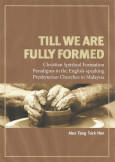

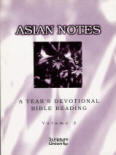
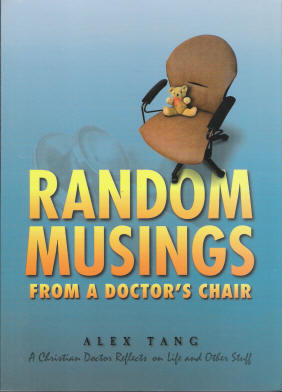

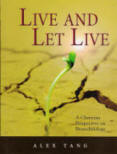
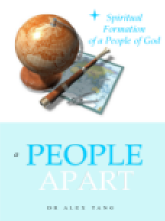

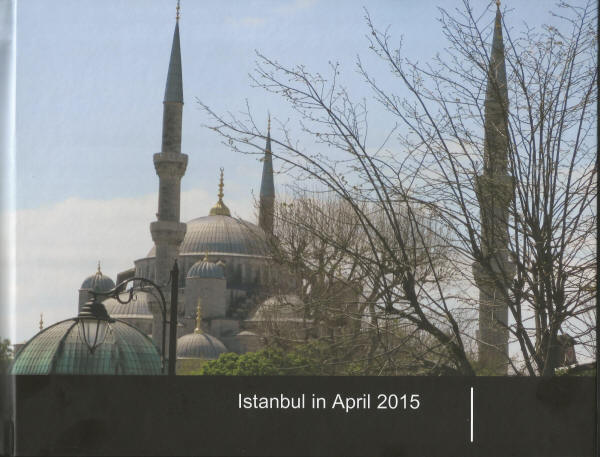
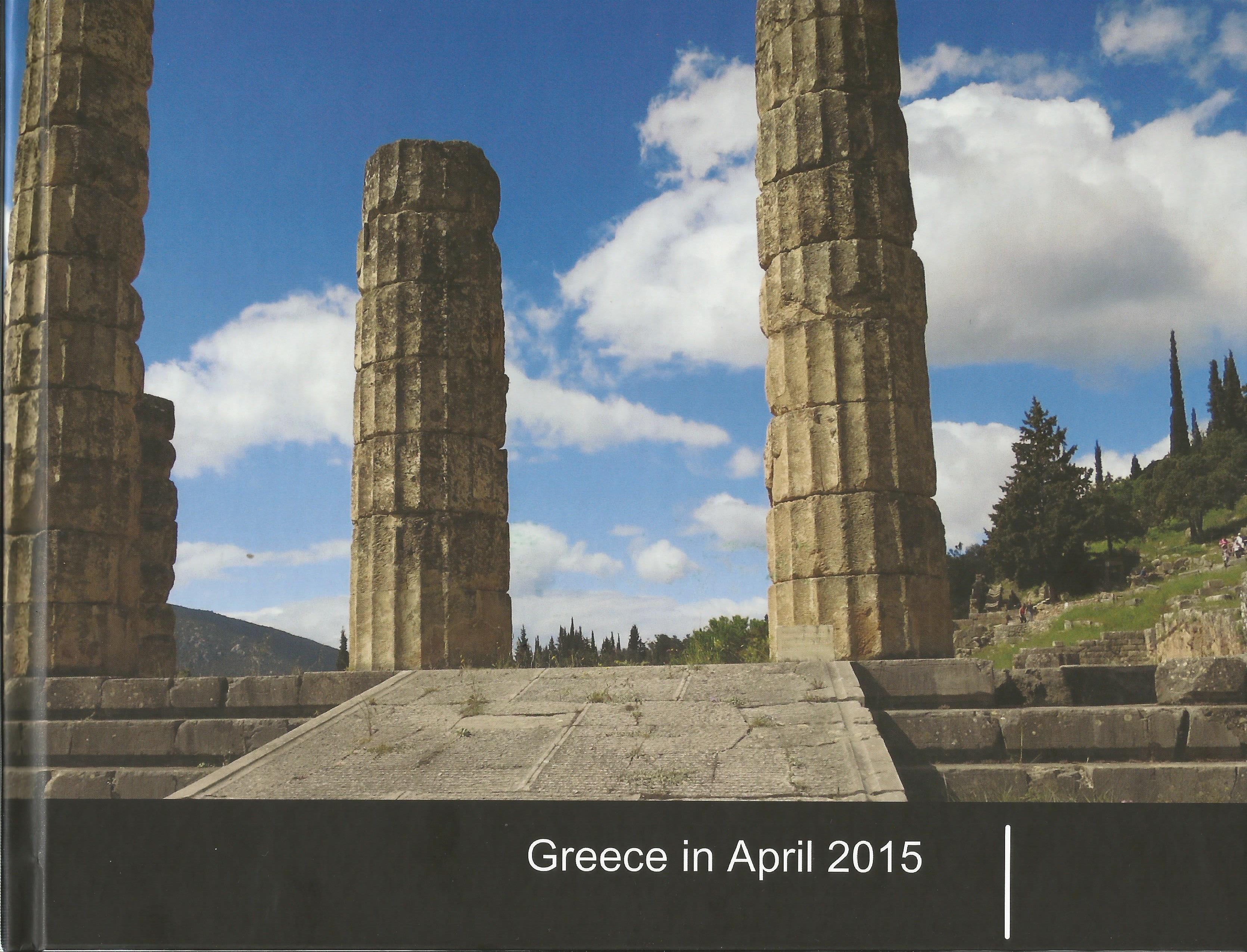
0 Comments:
Post a Comment
<< Home